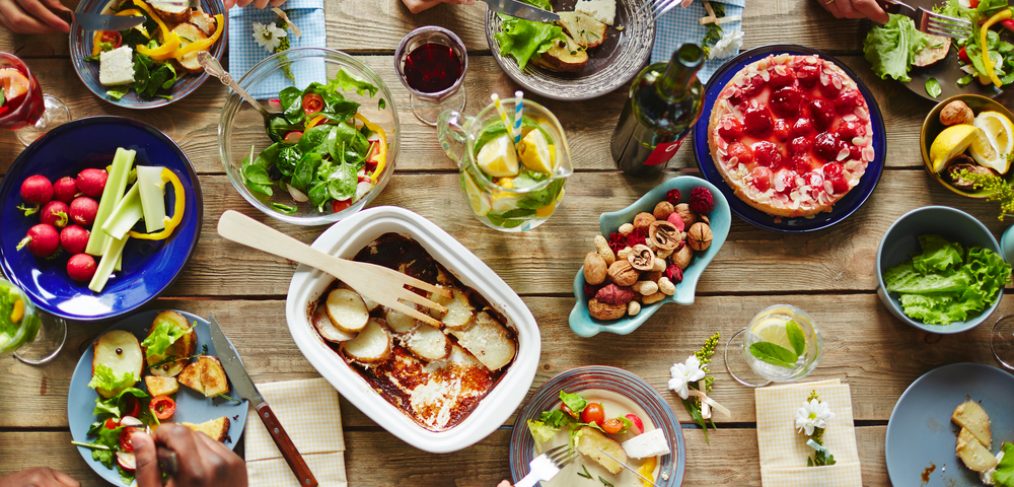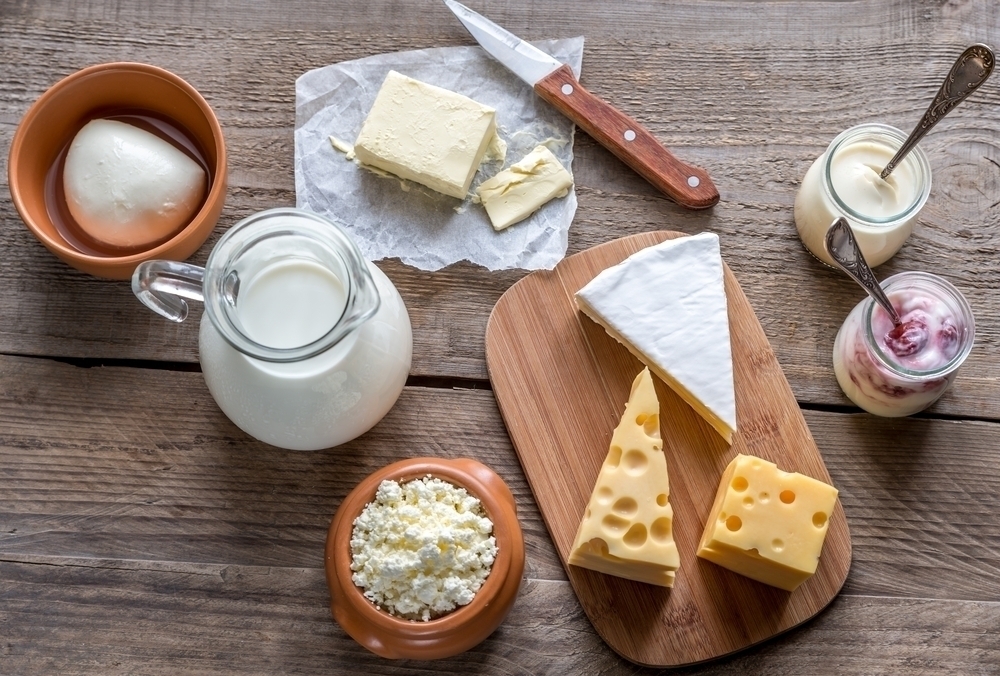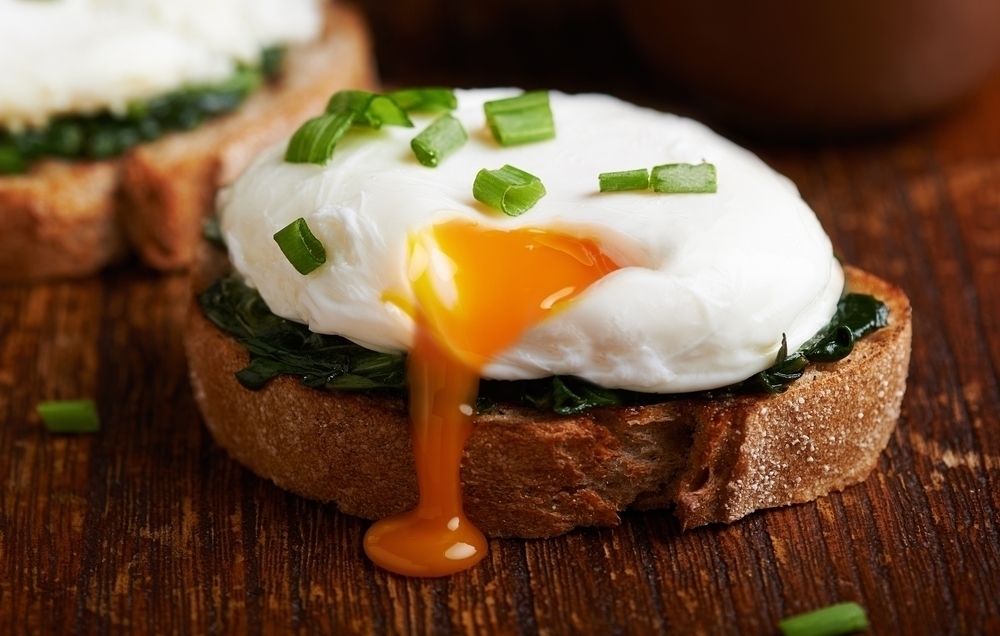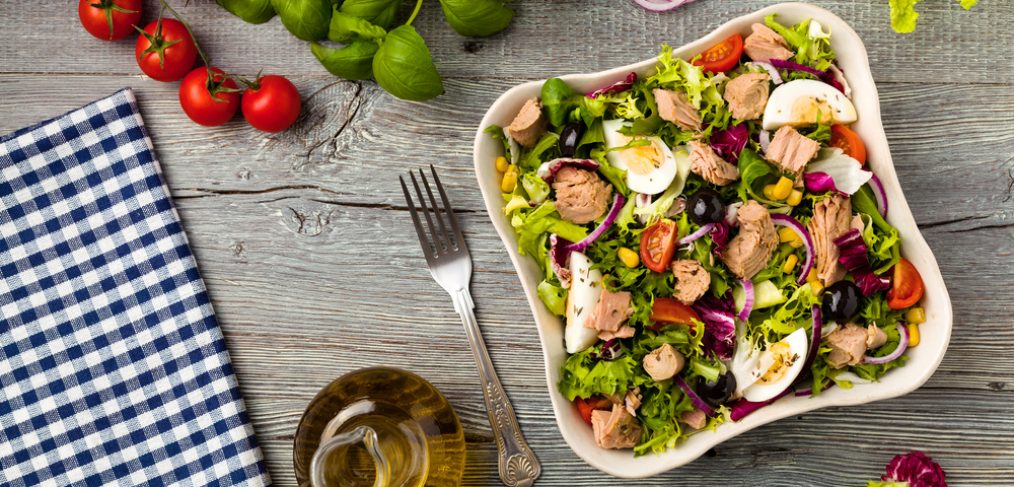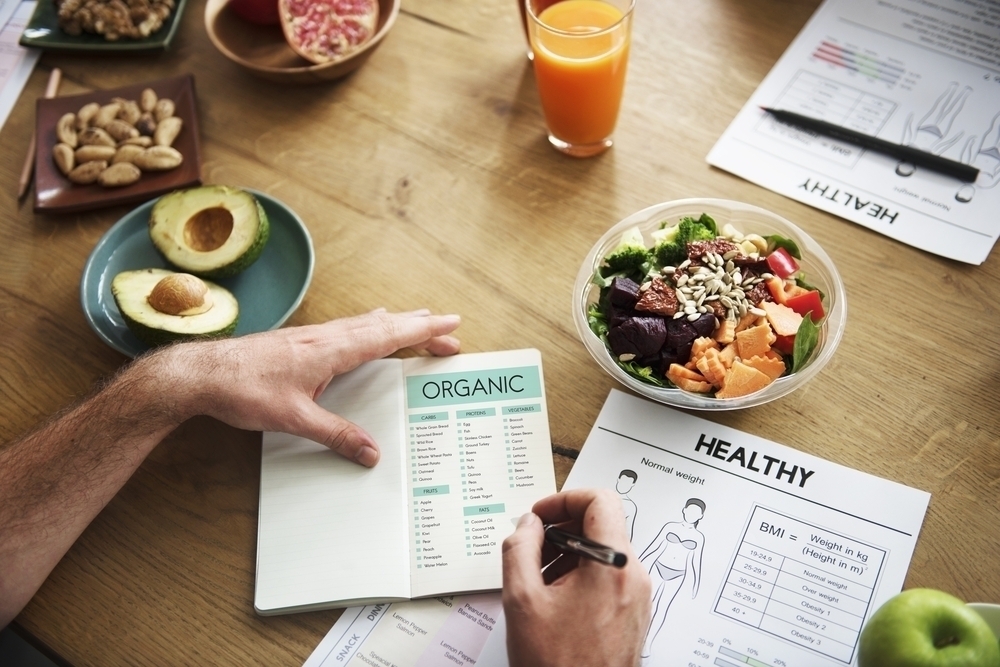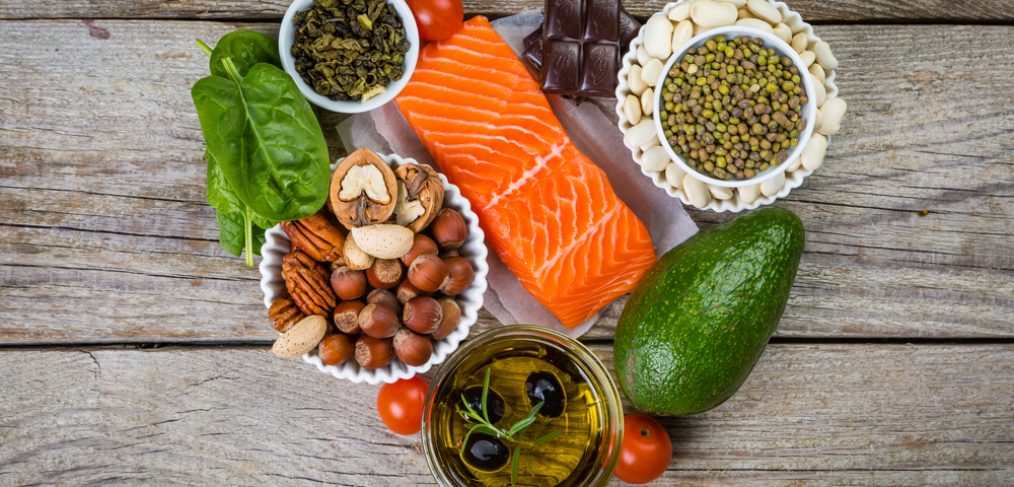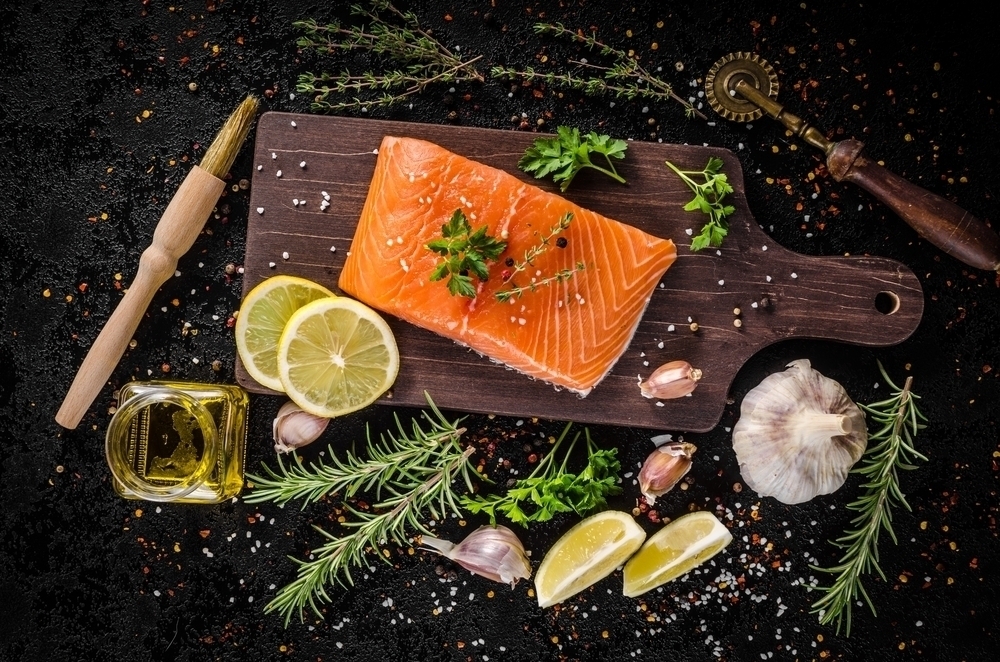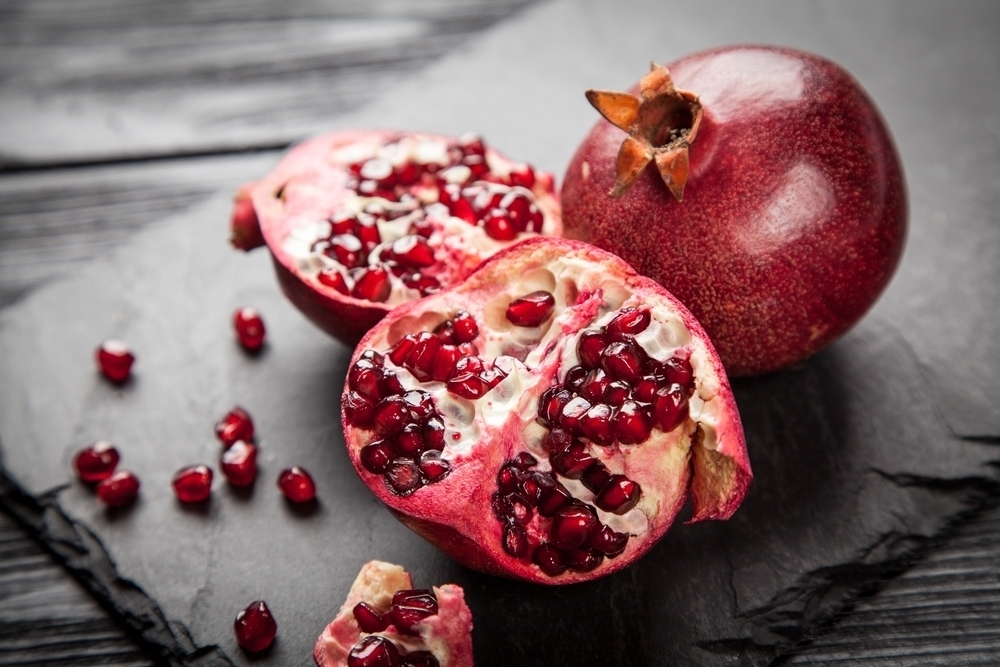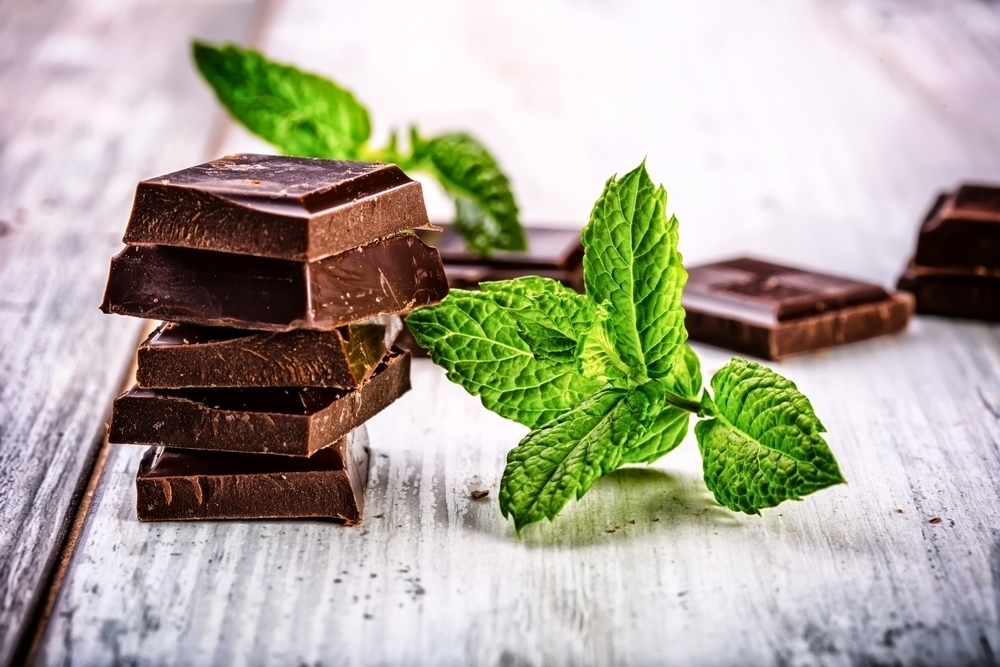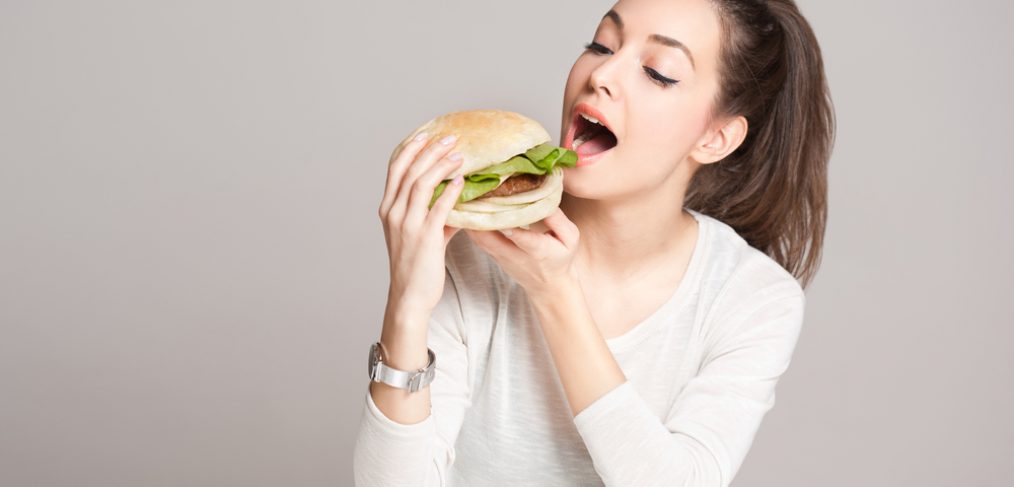When you get a snack attack, most probably the only science you’re thinking about is how you can most efficiently get a bag of chips into your stomach. However, when it comes to cravings, there really is a good amount of science behind them, and it doesn’t just concern the rate of food traveling to your tummy. The fact is, certain foods, especially those high in sugar, salt, and fat, trigger a release of dopamine, which means they are hitting the pleasure center in your brain at the same time they are hitting the hunger center in your belly and the reaction is an unfailing, “Give me more!” Here are some of the most addictive foods and how they work their magic.
Cheese
Besides being high in fat and cholesterol, cheeses also contain a high level of casomorphin, which binds to the feel-good receptors in the brain. According to Neal Barnard, MD, mice aren’t the only ones susceptible to the lure of a good cheddar. “Casmorphins attach to neurotransmitter in our brain and release dopamine, feel-good chemicals that often lead us to wanting more.” Apparently, Americans are getting cheesier as time goes on. The doctor notes that the average American consumes 30 pounds more cheese per year than he or she did 100 years ago.
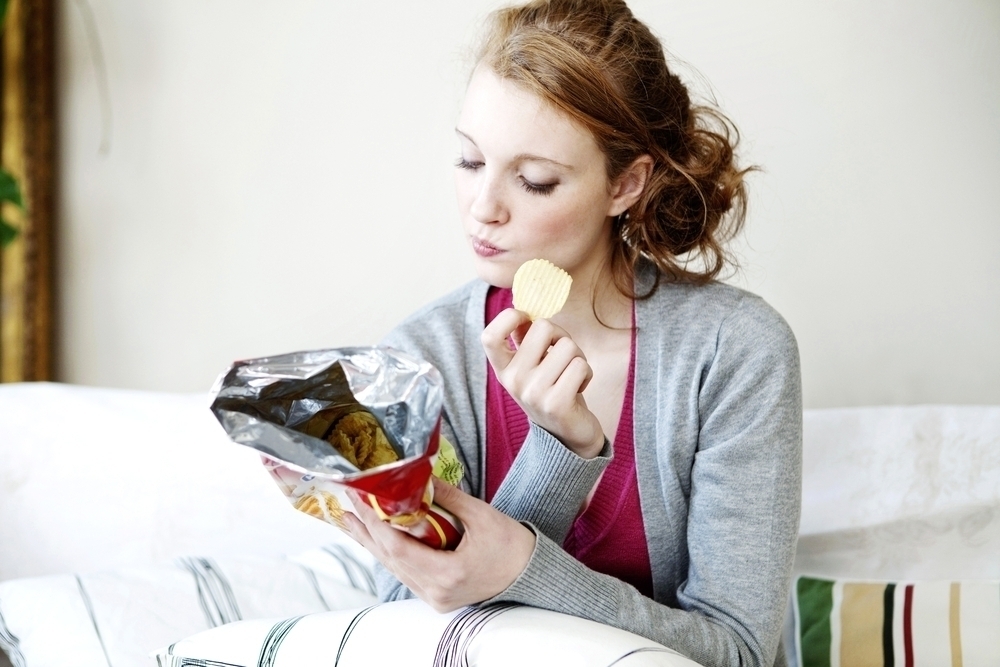
Carbs
It’s the quick glucose release of carbohydrates like potato chips and pretzels which keep our hands going back to the bag to reach for another. Celina Jean, nutritionist, says, ” Simple carbohydrates are seen as an addictive because they cause a quick glucose release, and this quickly increases a person’s energy. The energy will quickly be used up, and the then you’ll be forced to eat more simple carbohydrates to keep your blood sugar raised.”
Sugary Drinks
Not only do sweet sodas, lemonades, and iced tea provide us with empty calories, a 12 ounce can of the stuff can contain up to 35 grams of sugar. Sodas also trigger dopamine release. That, along with the caffeine jolt can provide a quite a hit of energy. Ashvini Mashru, registered dietician warns, “Once you’re hooked on caffeine, you can suffer symptoms of withdrawal if you try to stop, including sluggishness, headaches, and emotional distress.
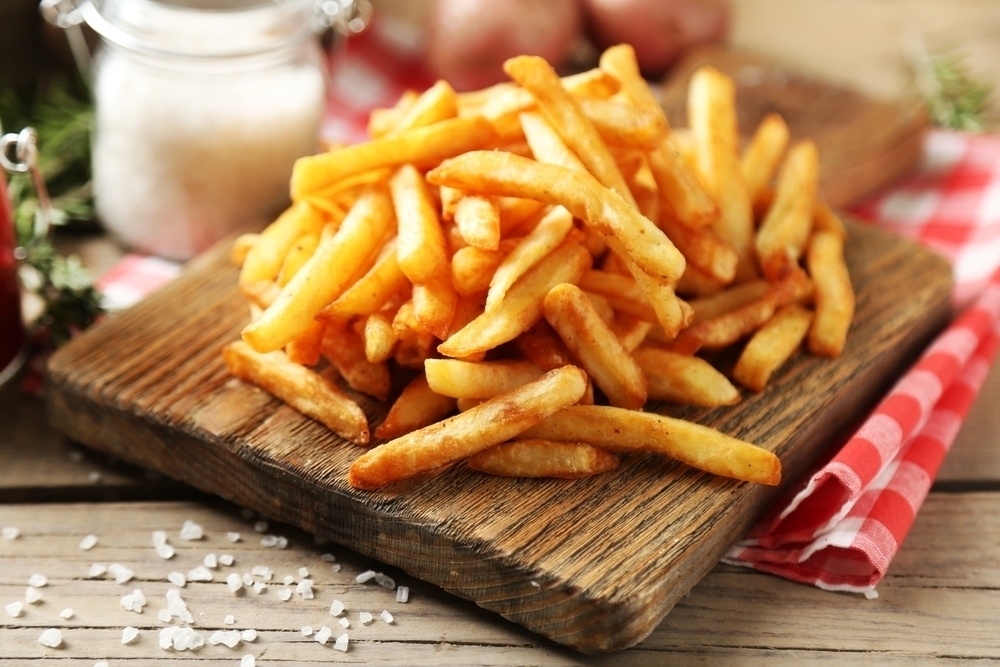
French Fries
Crisp, hot, and salty, french fries have all the classic ingredients of addictive food. Mashru tells us that the fat content in the fries sends signals to our gut and brain telling us to eat more. He says, “Those little potato sticks are also a comfort food. Therefore, every time you go through a line in a restaurant and see them on the menu, you may find the urge to order them as a side to your entree irresistible.”
Chocolate
Chocolate gives you kick because it binds to the same pleasure centers in your brain as drugs and alcohol. A study conducted by Drexel University found chocolate often provides a nice “mouth feel” which triggers the production of the feel-good hormone oxytocin. Dan Defigio, author of Beating Sugar Addiction for Dummies, explains, “Over time, our brains start looking for that dopamine hit, and every time we eat chocolate, it reinforces that wiring.”
What foods are you addicted to? Tell us your shocking stories of how your battles with food addictions. We want to know!
















